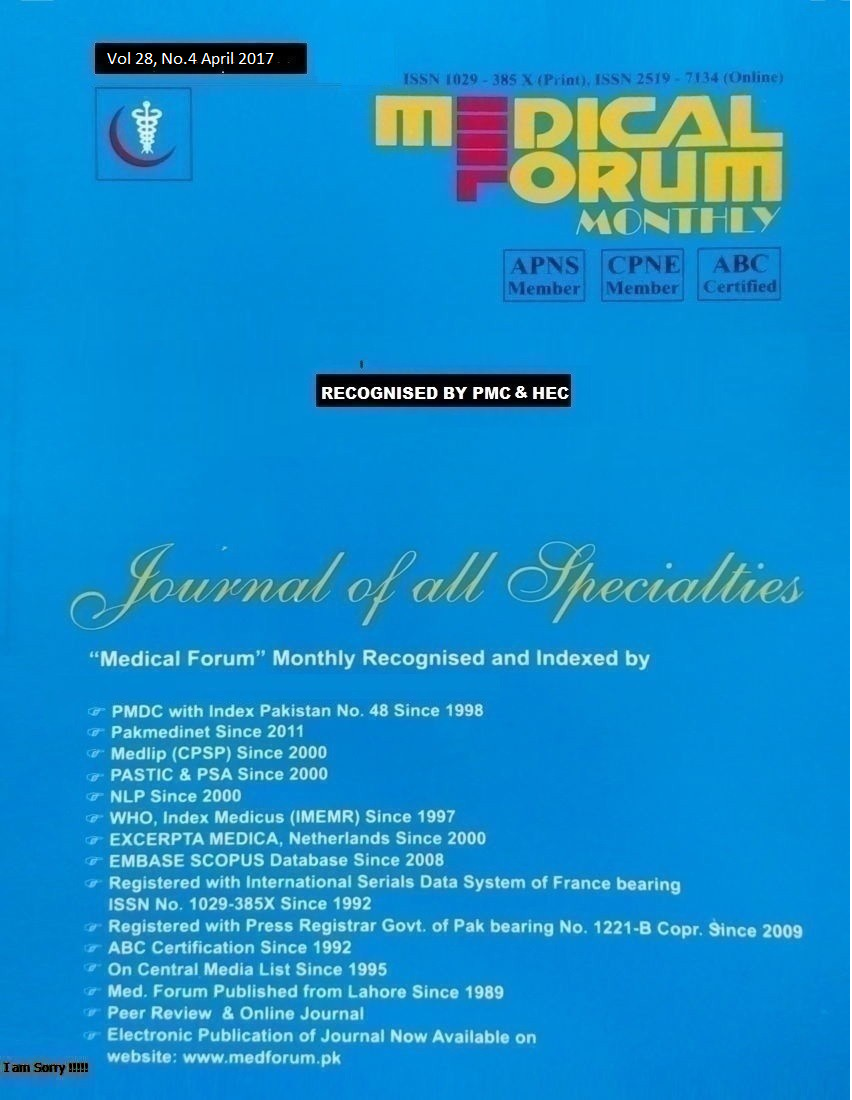
30. A Comparative Analysis of E-book Use among Undergraduate Medical Students with Respect to their Gender
Kamran Ishfaq1, Rubina Bhatti2 and Salman Bin Naeem2
ABSTRACT
Objectives: To compare the purpose of e-book usage, searching preferences, and type of e-books preferences between the male and female undergraduate medical student.
Study Design: Cross sectional study
Place and Duration of Study: This study was conducted in the four Public Sector Medical Colleges in Southern Punjab, Pakistan from August 2016 to December 2016.
Materials and Methods: The population of this study comprised of the first-year enrolled undergraduate medical students of both genders (male and females) in four public sector medical colleges in Southern Punjab, Pakistan.The survey research method was used to collect the data from respondents. The questionnaire was divided into two parts; first part of the questionnaire contains questions related to demographic information of the respondents such as respondents’ gender, age and name of college. The second part of the questionnaire comprised of questions such as; purpose of e-book usage, searching preferences, and type of e-books. Pre-determined alpha value is set at 0.05 for this study.
Results: The findings of this study concluded that the purpose of e-book use, preferences in searching, and types of e-book use is the same between the male and female students. They use e-books with the purpose of keeping their knowledge up-to-date, completing class assignment, and for exams preparations. They prefer to search e-books from general search engines (e.g., Google, Yahoo) and they prefer to use textbook as a type of e-books.
Conclusions: There is need to develop awareness about the use of e-books among undergraduate medical students by conducting orientation programs.
Key Words: E-book, use, preferences, medical students, south Punjab, medical libraries
Citation of article: Ishfaq K, Bhatti R, Naeem SB. A Comparative Analysis of E-book Use among Undergraduate Medical Students with Respect to their Gender. Med Forum 2017;28(4):116-120.
